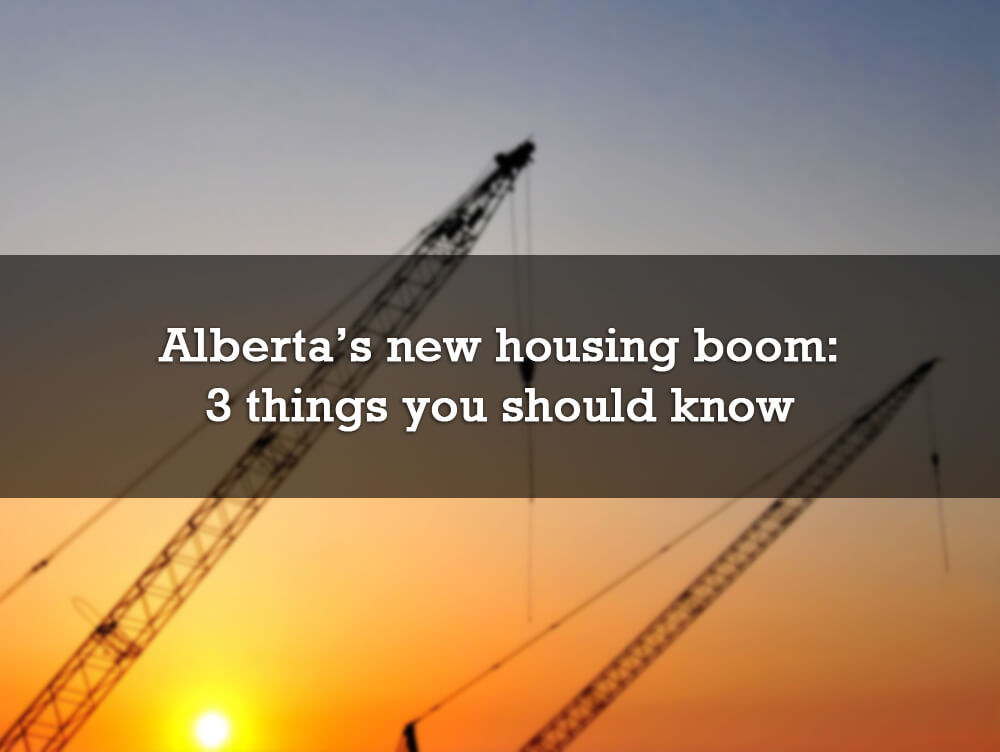Earlier this month, Robert Kavcic (a senior economist with BMO Nesbitt Burns) released a report predicting that Alberta is set for another housing boom.
Kavcic highlights that the Alberta economy will improve in 2014. Specifically, he predicts GDP growth will be 1.2 percentage points above the national average, employment growth will be 3.8% over 2013, and retail sales growth will be more than double that of BC, the next highest province.
These indicators aren’t the only thing that will trigger a housing boom. Kavcic notes that population growth is at 3.5% over last year, the highest it’s been in 3 decades. Interprovincial migration is also on the rise, with close to 50,000 people moving to Alberta from other parts of Canada last year. In fact, he points out that every province in Alberta now has a net outflow of migrants moving to Alberta.
It’s not surprising. After all, the unemployment rate here is 2.7 percentage points below the national average and employment is at about 70%, the highest in Canada. Add in the facts that we have the highest average hourly wage rate and a lower tax rate, and you can see why people want to move here.
With a strong economy and a growing population, conditions are ripe for a housing boom. Here are some key highlights regarding this boom from the report.
1. Calgary and Edmonton prices are close to 2006–07 levels
Alberta’s two largest cities are seeing housing prices near those from the peak of the 2006–07 boom. The average house price in Calgary is $443,000 (above the $437,000 during the peak) and $344,000 in Edmonton (just barely under the $354,000 peak price).
2. It’s going to be a seller’s market
The massive increase in population means demand for housing is up. One of the factors that kept housing price increases stable recently is an inventory excess leftover from the previous boom. This excess is virtually gone, especially in Calgary. In fact, Calgary’s unabsorbed inventory is at its lowest level in 20 years. Increased demand and decreasing inventory will result in a rise in home prices.
3. Housing prices have room to grow
Even though prices have gone up, mortgage payments account for 24% of median family income in Calgary and 20% in Edmonton. During the last bust, they were at 35% and 33% respectively. In addition, even though the vacancy rates in both cities are lower than their 10-year averages and below the national rate, they’re still above 2006–07 levels.
Lethbridge, of course, won’t be hit as hard as these two cities, but it’s possible it could experience some residual effects, resulting in increases locally.
If you’re in the market to buy a new home, contact us today to discuss how you can best capitalize on current housing prices before the boom hits.
Alberta’s new housing boom: 3 things you should know
Reading Time: 2 minutes

